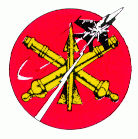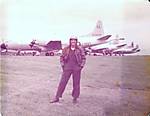This is the 1:48 scale Hobbycraft Polikarpov I-16, built into a Type 10. As some of you already know, I make an aftermarket resin kit for this kit, and I would have been remiss if I did not use it in this build, so wouldn’cha know it, I did! The project also includes some kitbashed leftovers from my already-built Eduard kit, such as upper gear doors, prop, early spinner, and red star decals. Aside from that, I scratched the lower gear door halves, and made my own decals, specifically the black swoopy lines and the squadron insignia on the tail, which some of you may recognize as appearing in the Squadron I-16 “In Action” book. The canopy is a Squadron (Falcon) vacuum add-on. The exhaust pipes were drawn on the computer then cast in resin. I have plans to offer these pipes as an add-on to my existing kit, but first I need to discover a better way to set up the mold, as these parts are extremely fine, and I’m getting too many bubble flaws, even with pressure casting. I would ask other resin casting experts for advice, but so far my experience with interfacing with the pro companies has been rather negative. Seems there’s some sorta iron curtain surrounding the resin aftermarket industry, and these folks treat their knowledge not unlike like secret plans to a thermonuclear device! So I’m on the “trial and error” cart for now. Er, the 55 gallon drum you see was also drawn in CAD, and cast in resin. The display base was my first attempt at a base, so feel free to bash on it!
I did take a few liberties. I believe the actual Type 10 did not have cockpit doors on both sides, and I think they also did not have the side hatch on the right side of the fuselage.
Well I hope this tickles someone, anyway! Enjoy!













































